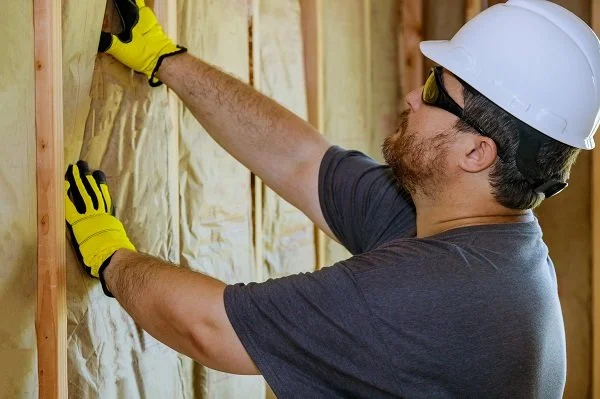4 Materials You Can Insulate Your Wall With
When considering which internal wall insulation for your home would be best, there are a few criteria that can help you to make the right decision. The most important to keep in mind are the maximum thermal performance, or R-value, of the insulation and which area of your home you are insulating.
There certainly are many different types of insulation to choose from. The particular characteristics of each variety make each one suited to different spaces and surfaces. As such, here are four of the best choices for insulation and what each one does best:
Stone Wool Insulation
Because stone wool is so porous, it works to trap air as it passes through the material. However, it is tough and thick, so it is also a fantastic option for insulating from noise. It is also quite safe, as it will not spread flames and it is not combustible itself should you experience a house fire.
Rigid Insulation
This type consists of rigid boards that are packed inside the building structure, effectively insulating the inner spaces between the outer and interior walls. The panels just need to be cut perfectly to fit against the wall’s inner surface.
This works quite well to provide powerful insulation to smaller spaces. This choice is also damage-resistant, strong, and possesses a high R-value. It also provides structural integrity in addition to thermal and acoustic insulation.
Foil Insulation
Though foil is not as popular as other options on this list, it is still a wonderful insulator. What is the secret to its success? Well, heat has no chance of radiating because the material simply reflects it back to where it came from.
Blown-In Insulation
Blown-in insulation is great for so many reasons. It is fast and simple for you to install yourself, or you can hire a wall spray company or a company that sells the particular insulation you’re looking at. For example, if you were looking at polyurethane foam you could get in contact with someone like Everest Systems to take care of the job for you. It also provides spectacular thermal performance and will definitely lower your energy bills.
Installing it is really simple. You just spray the fiberglass, polyurethane, or cellulose foam in a uniform blanket over all surfaces requiring insulation.
This variety is super-effective at keeping air out since you can fill all cavities and easily fit spaces with odd shapes. It even aids in keeping moisture out, works as a de facto pest repellent, and it is non-combustible for safety reasons.
In conclusion, there are several distinct types of insulation, and in order for you to choose the best option for you, you must first assess your needs. Learning about these varieties and others in greater depth will give you a better understanding of the appropriate type of insulation for your particular job.


